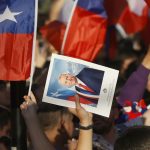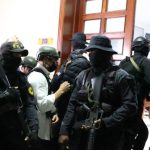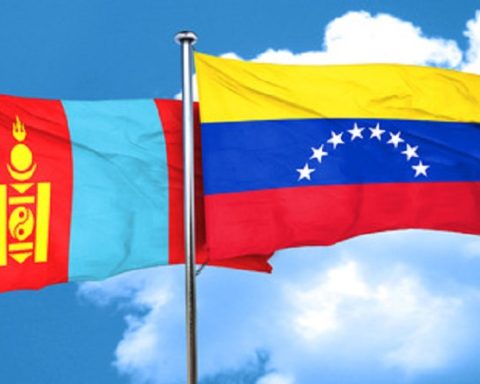AND
Among the many problems that our country faces in terms of its viability, there are dimensions that are not very visible, but of great importance, which it is urgent to bring to the fore in order to design public policies that allow us to avoid their aggravation in the future. This is the case of the aging of the country’s population and its implications, a topic on which the Salary Observatory of the Universidad Iberoamericana de Puebla focuses in its most recent report.
The report gives an account of the demographic transformation that is underway on a national scale, characterized by the reduction of both the mortality rate and the fertility rate, which is producing a dynamic of generalized aging in the population that is already reflected in the last censuses population. This process is analyzed from a rights approach, which assumes that old age is a product of conditions throughout people’s lives
. I will retrieve some key points from the report shortly.
Aging in Mexico has been a gradual process. In 1980 people aged 60 and over represented 5.4 percent of the total population, in 2020 they were already 12 percent and it is expected that they will be 21.5 percent by 2050. Likewise, life expectancy in 2020 stood at 75.2 years , 30 years more than that estimated in 1950.
These figures must be weighed with the utmost seriousness, since population aging will pose unprecedented challenges to our nation in terms of care and service infrastructure; system that today fails to meet the needs of the older adult population, as evidenced by the report in its analysis of current conditions in various areas directly related to quality of life.
The insufficient coverage of the social security system and the low amounts of pensions mean that a large part of the older adult population must perform jobs that are not relevant to their conditions and are poorly paid, for which they must face a panorama of high economic insecurity on a daily basis. The report also indicates that, in Mexico, more than 31.6 percent of older adults work, and only 10.6 percent receive a pension. The low level of schooling is another conditioning factor that exacerbates the job insecurity of this sector of the population, since only two out of every 10 older people have secondary school education or higher.
Due to the above, poverty is a current condition for 54.6 percent of the older adult population, and this significantly affects all areas of their quality of life, especially the health dimension. 21 percent of the older adult population does not have access to some basic health service and this inaccessibility puts them at greater risk, since it is in them that a higher incidence of conditions such as hypertension is observed, present in 43.4 per percent of older adults; diabetes, in 24.5 percent, and cancer that suffers 2.7 percent. To these conditions we must add the limitations related to mobility, present in 36.1 percent of the older adult population; of vision, in 35 percent, and of hearing, in 22.9 percent; which predisposes them to greater dependence on the care of third parties.
The aforementioned shortcomings seem to be rooted in the prevalence of a sociocultural imaginary that claims utilitarianism as a preeminent value and that correlatively expels the elderly to a relegated position. In this sense, the report pays figures that should concern us as a society: 9.5 percent of older adults declared receiving abuse, abandonment or dispossession of their property; 55.2 percent have suffered discrimination because of their age; 28.1 percent have experienced marginalization due to their religious beliefs and 21.5 percent have suffered exclusion due to their way of speaking. Likewise, more than 50 percent of older adults think that people their age are a burden for their family and four out of five warn that people get desperate with them.
The report culminates with a series of highly relevant recommendations for the design of public policies, among which are guaranteeing a minimum and sufficient income for all older adults, substantially improving health services; strengthen the creation of areas and training of specialized personnel in geriatric and gerontological care and attention; strengthen programs for free access to medicines, guarantee proper nutrition for the elderly population and create a home care system; promoting more inclusive urban mobility conditions, creating community centers in the areas with the highest concentration of the elderly population, and establishing a Policy Coordination Center for the Elderly that articulates targeted actions for this population group from all areas of the country. government.
With this study, the Salary Observatory of the Universidad Iberoamericana de Puebla puts on the table an issue that will inevitably gain relevance in the coming years and on which it is convenient to assume a perspective of prevention and not reaction.
















